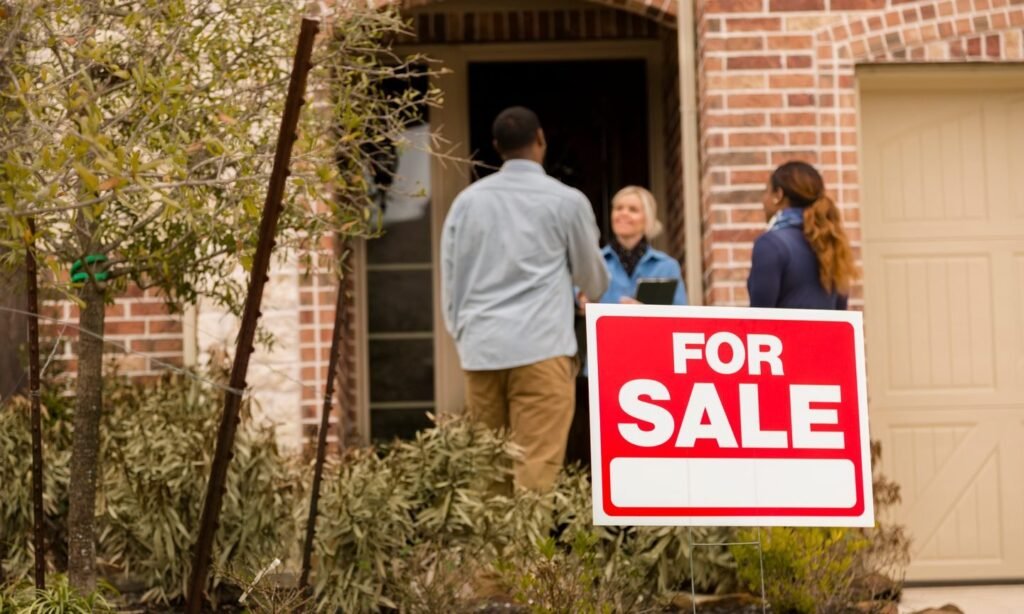Saving up for a down payment on a home can be a daunting task, especially in today’s competitive housing market. However, there is a common misconception that could be hindering potential homebuyers.
The 2025 Home Buyer Report by BW reveals that 62% of Americans believe a 20% down payment is necessary to purchase a home. This belief is causing 33% of non-homeowners to feel financially unprepared to buy a home, according to the survey.
Contrary to popular belief, a 20% down payment is not a strict requirement. There are various options available for lower down payment home loans that can help aspiring homeowners fulfill their dreams. Understanding these alternatives is crucial, especially for the 15% of Americans planning to buy a home in the near future.
Dispelling a Long-Standing Myth
The misconception that a 20% down payment is mandatory persists across various age groups and educational backgrounds. Even current homeowners, with a staggering 60%, hold this belief, despite the actual median down payment being below 20%, as reported by the National Association of Realtors.
This myth has endured over time, with studies dating back to 2017 showcasing its prevalence. As home prices have soared in recent years, the feasibility of a 20% down payment has become increasingly challenging for many, further underscoring the need to explore alternative financing options.
Understanding Mortgage Insurance for Low Down Payments
Mortgage insurance, such as PMI, is often required for loans with smaller down payments to mitigate the lender’s risk. While this insurance safeguards the lender in case of default, it does not offer protection to the borrower. It’s important to note that defaulting on a home loan can have serious repercussions, including credit damage and potential foreclosure.
Typically integrated into monthly mortgage payments, PMI can be canceled once the borrower reaches 20% equity in their home with a conventional mortgage.
Exploring Low Down Payment Mortgage Options
Various loan programs, such as FHA loans with down payments as low as 3.5%, cater to borrowers seeking alternatives to hefty down payments. Additionally, USDA loans for rural residents and VA loans for veterans offer zero-down payment options, although they may entail additional upfront costs like mortgage insurance.
Government-backed down payment assistance programs can also provide financial support to alleviate the initial expenses associated with homeownership.
The Benefits of Larger Down Payments
While lower down payments offer flexibility, larger down payments come with several advantages. By reducing the borrowed amount, larger down payments can lead to more manageable repayment terms and potentially lower interest rates. Moreover, owning a greater share of the home’s equity upfront can be financially empowering, as it signifies a valuable asset in your name.
While larger down payments are beneficial in many respects, they are not obligatory for purchasing a home. Opting for a lower down payment can provide you with greater financial flexibility, ensuring you have reserves for unforeseen expenses that may arise as a homeowner.

